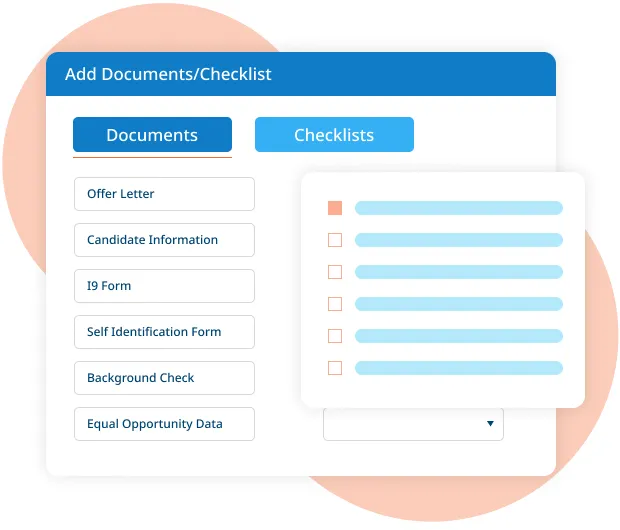Ceipal makes posting jobs simple.
Take a quick product tour:
AI-Powered Recruitment Management
Double your number of prospective candidates, identify the right fit faster, and discover what intelligent end-to-end applicant tracking looks like with Ceipal. Our AI-powered system automatically delivers high-quality talent to your dashboard while integrating with your workflow for more efficient talent acquisition and data insight.
Robust Candidate Engagement
Get a candidate engagement system that will set you apart. With hundreds of integration partners and an AI personal assistant, Ceipal Engage is designed to attract talent and ensure that your candidate outreach goes above and beyond.
Effective Job Marketing
Get the word out faster and reach the right people with targeted, intelligent, and effective marketing. With a single click, post your job on job boards, social media sites, and a specially-branded career portal for optimum exposure to quality candidates in record time.
AI-Powered Candidate Selection
Leverage the boundless power of artificial intelligence to dive into candidate analytics and understand prospects to increase placement success rates—whether you’re pulling candidates from your current workforce, or discovering new talent for the first time.

We're Serious About Security.
Ceipal is one of the first applicant tracking systems (ATS) to be SOC 2 compliant.
Centralized New Hire Onboarding
Go beyond paperless and simplify employee onboarding with our secure eBoarding portal. Guide new hires through every step of the process from one centralized location, complete with fully customizable forms, clear requirements, and an easy-to-access document library.
Enhanced Analytics & Reporting
Get rid of spreadsheets and understand your business like never before with fully customizable, user-driven, beautifully designed reports. Equip your teams to make strategic, data-driven business decisions with personalized dashboards and built-in analytics.
























